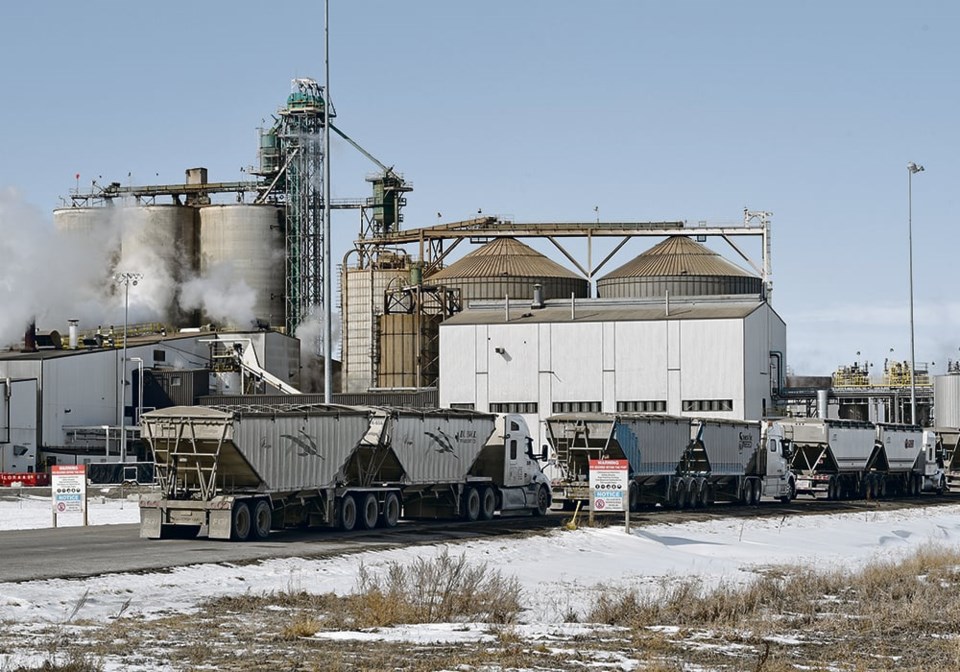Nobody’s expecting to make big profits in 2024-25, but that’s no reason to think some profitability can’t be squeezed out of this lemon.
As Jenessa Peristerakis of Cargill said to growers at St Jean Farm Days Jan. 11: “There will be opportunities in bear markets.”
There always are. So how do you set yourself up to seize those opportunities?
Every farmer is going to need a strategy because this isn’t a year in which good fortune is likely to fall into your hands.
Some of it begins with looking at the relative profitability of crop options. What looks most profitable based on today’s reasonable assumptions? Can your farm hit the yield and quality assumptions included in general projections such as those produced every winter by Manitoba Agriculture’s farm management team? Do you struggle with some of the crops that work for most people but do great with things other farms can’t handle? Plug your own yield and cost numbers into those crop calculators and check out a customized result.
Darren Bond, a member of that small but vital farm management team, spoke at St Jean, highlighting the thin profits that are likely this year for farmers who produce OK crops. Weak profitability means that farmers need to cut costs wherever they can and grab the best prices they can find.
Don’t assume your regular elevator point is always going to be offering you the best price you can get. Elevators can range widely in what they need and what they’ll pay, he noted.
Make sure you’re signed up for email and text notifications of elevator specials — and be ready to act. There can be up to a couple of bucks per bushel premium for those rushed car-filling orders, but they don’t last long.
One of the most interesting suggestions Bond made was that farmers focus on growing their best four crops this year instead of the seven or eight that might be part of their general rotation in a good year.
Marketing diversity is great, but in a year in which per bushel profitability will be key to making any money at all, focusing acres and effort on your biggest production successes is likely to be a better bet than having substantial acres in crops you don’t normally do great with.
“It’s amazing what a good crop can do,” said Bond.
“I think we can still wring some profitability out of (this year). There is still opportunity.”
Both Bond and Peristerakis said current price projections suggest farmers can be marginally profitable with average crops this year. Focusing on growing the best crop possible and having a plan for selling it should be a recipe for a better-than-zero result.
For instance, $14 per bu. new crop canola futures are available today, something that most farmers could live with for a portion of their anticipated crop. It’s a disappointing price, but not a disastrous one, and locking in a small portion around there could help cover off some fall bills and reduce your risk.
There are always rallies in bear markets, and this one won’t be any different. Farmers should have a plan for making sales in those bear market rallies, or in a real rally if the bear gets chased away by the unexpected appearance of a bull market.
There won’t be much fun in marketing during 2024-25. It’ll be an effort to turn this year’s crop production into something more than a not-for-profit enterprise.
But that’s no reason to turn away from the challenge. As Bond and Peristerakis highlighted, there’s a big difference between making nothing and making something, and small profits in a tight year could be a bigger success than big profits in a fat year.



.png;w=120;h=80;mode=crop)
